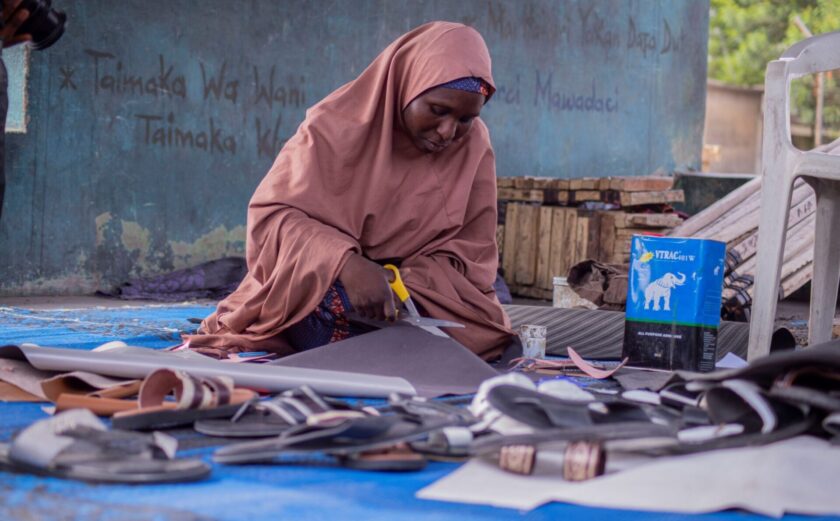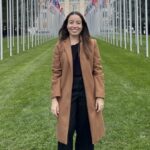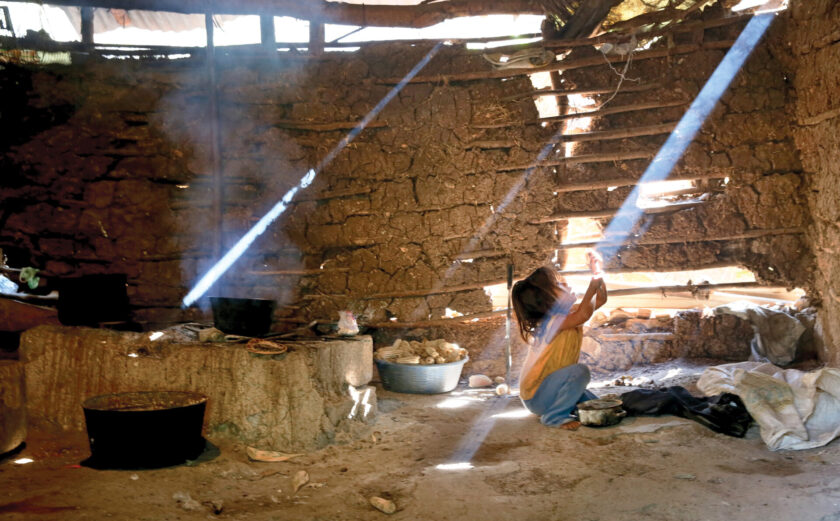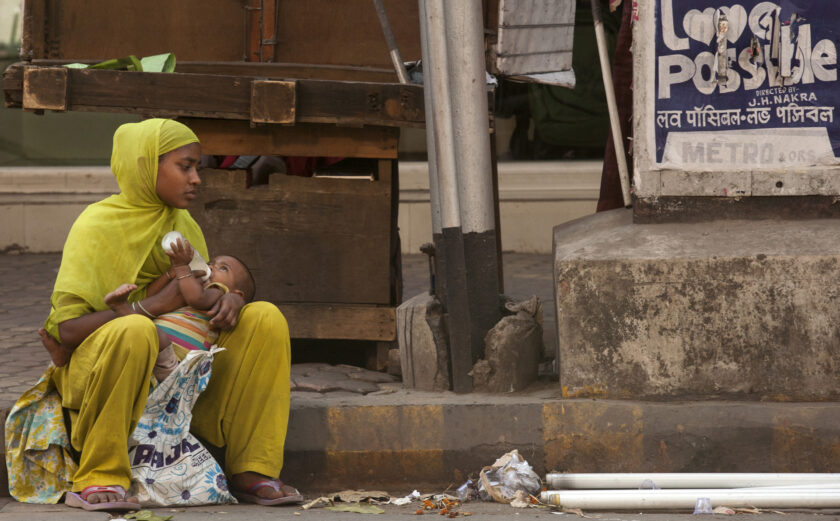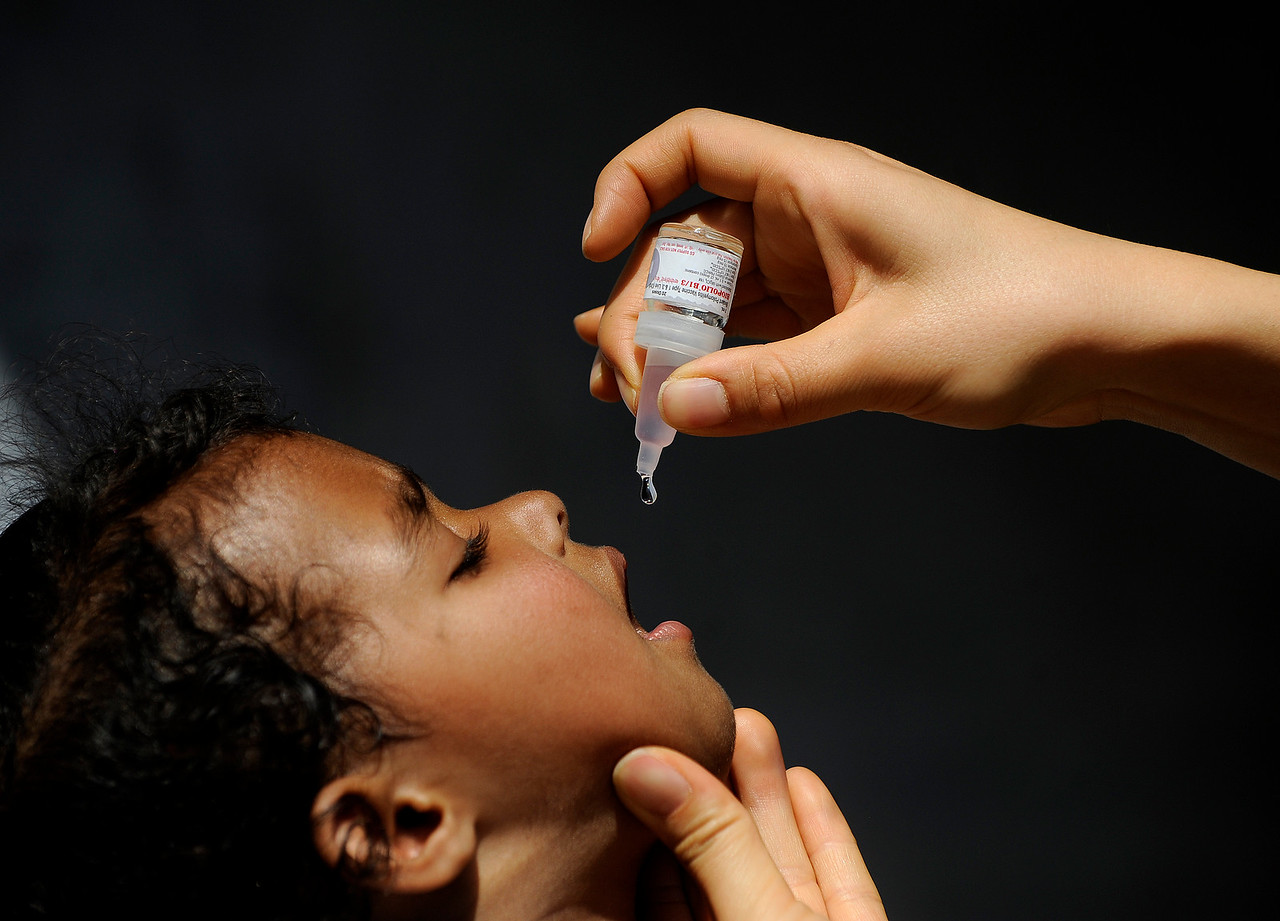
Global Rise in Vaccine-Preventable Diseases Highlights Urgent Actions Needed to Save Lives and Alleviate Future Suffering
The re-emergence of vaccine-preventable diseases is a global threat that demands international action.
Vaccines have been used to prevent the spread of communicable diseases for over a century. Because humanitarian health responses are extremely costly to implement after a disease outbreak has already occurred, preventative health programs like vaccines are internationally recognized as cost-effective public health tools. However, the recent trend in decreasing vaccination coverage is threatening decades of advancement.
Even before the COVID-19 pandemic, the world was experiencing a rise in vaccine-preventable diseases and associated deaths. According to the World Health Organization (WHO), in 2019, rates of diphtheria, hepatitis B, measles, meningitis, mumps, tetanus, tuberculosis, and yellow fever all increased—primarily due to vaccine hesitancy and resource shortages. Declining coverage in Latin America and the Caribbean has been a concern as routine immunizations in Brazil, Bolivia, Haiti, and Venezuela have decreased by 14% since 2010. Infectious diseases, most commonly measles and cholera, continue to cause outbreaks among displaced populations.
Rise in vaccine-preventable diseases disproportionately affects children, exacerbates health inequalities
At the onset of the COVID-19 pandemic, both the WHO and UNICEF warned of declining vaccination coverage for other infectious diseases like measles and diphtheria. In 2020 and 2021, the world saw yet another rise in vaccine-preventable diseases as COVID-19 disrupted vaccine schedules for children around the world. Children missed routine vaccinations due to movement restrictions to prevent the spread of COVID-19. School closures decreased the incentive for parents to keep their children’s vaccine records up to date and health resources were re-allocated to COVID-19, resulting in strained health care systems and the de-prioritization of other routine vaccination campaigns.
Countries that were improving child vaccination coverage began losing progress due to COVID-19 disruptions. In 2020, 23 million children missed routine vaccination coverage. Of these 23 million children, 60% lived in 10 countries: Angola, Brazil, the Democratic Republic of the Congo, Ethiopia, India, Indonesia, Mexico, Nigeria, Pakistan, and the Philippines. The disproportionate levels of vaccination coverage represent growing global health inequity. In 2020, the likelihood that a child born would be fully vaccinated based on global recommendations by the time they are 5 was less than 20%. So far in 2022, there have been 17,500 cases of measles in Africa—this is a 400% increase compared to the same period in 2021.
Conflict is a barrier to vaccination coverage
Conflict has also been a consistent barrier to global child vaccination efforts. Polio, measles, and cholera are some of the preventable diseases that continue to cause outbreaks in areas facing political instability and conflict. In Yemen, it is estimated that a child dies every 10 minutes from a vaccine-preventable disease. The world has been making strides in eradicating polio, but conflict in Afghanistan including violence against polio teams has delayed polio vaccine campaigns for children. In Venezuela, economic collapse has weakened the health sector resulting in epidemics of measles and diphtheria which have spilled over into neighboring countries.
Context in focus: Ukraine
Ukraine currently has one of the lowest routine vaccination rates in Europe and is experiencing a mass refugee outflow. Vaccination coverage for children in Ukraine is below WHO recommended levels for tuberculosis, polio, and measles. From 2017 to 2018, measles cases in Europe tripled to over 82,000, 53,000 of which were in Ukraine. Additionally, only 35% of the population received two doses of a COVID-19 vaccine before the conflict. The war in Ukraine is expected to further disrupt routine vaccine programs for children as health facilities are destroyed and forced migration prevents scheduled vaccine appointments. This dangerous combination of low vaccination rates and a high-risk environment for diseases to spread is a pattern we see often in conflict zones.
In Poland, Ukrainian refugees are being encouraged to participate in the country’s routine vaccination program. The E.U. also plans to buy measles and polio vaccines for Ukraine refugees. This strategy should be utilized in every global refugee response to protect both refugees’ and the host community’s health.
Immediate investment and international action are needed to save lives and mitigate future public health emergencies
The COVID-19 pandemic has showcased the power of vaccines while simultaneously illustrating the health inequities that exist in vaccine rollout as well as the potential lethal consequences of non-vaccination. Vaccines are a life-saving tool when they are accessible to all and rolled out in a culturally sensitive manner.
As the world continues to face COVID-19, it is important to continue to invest in vaccines to prevent diseases such as polio and measles that the international community has fought for decades to eradicate. The GAVI Vaccine Alliance highlights the importance of collaboration under its mission to “save lives and protect people’s health by increasing equitable and sustainable use of vaccines.” Donors, the U.N. system, and NGO partners must work collectively to improve access and availability of routine immunizations through dedicated funding. This investment is crucial to prevent losing years of public health development. These efforts must prioritize children who missed routine vaccinations during the pandemic and those who live in countries with the lowest vaccine coverage. Diseases do not respect borders—to prevent another pandemic, investment in routine child vaccination programming is critical.
You can read more about the work some of InterAction’s members are doing on vaccines and public health here:
